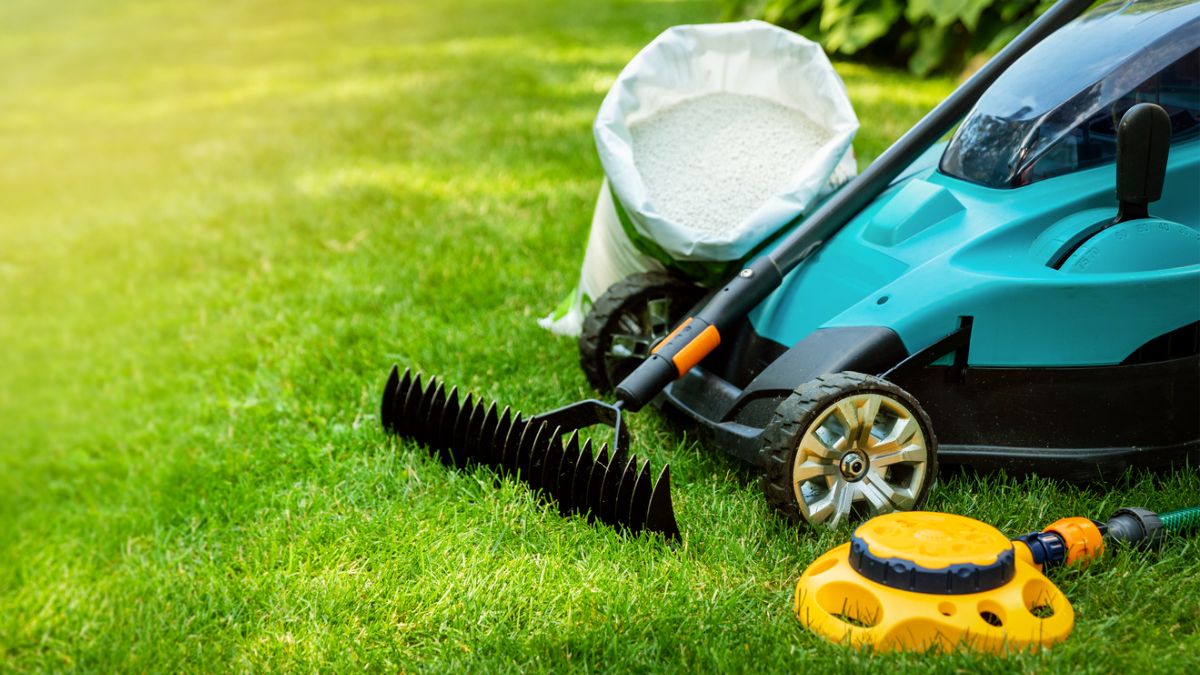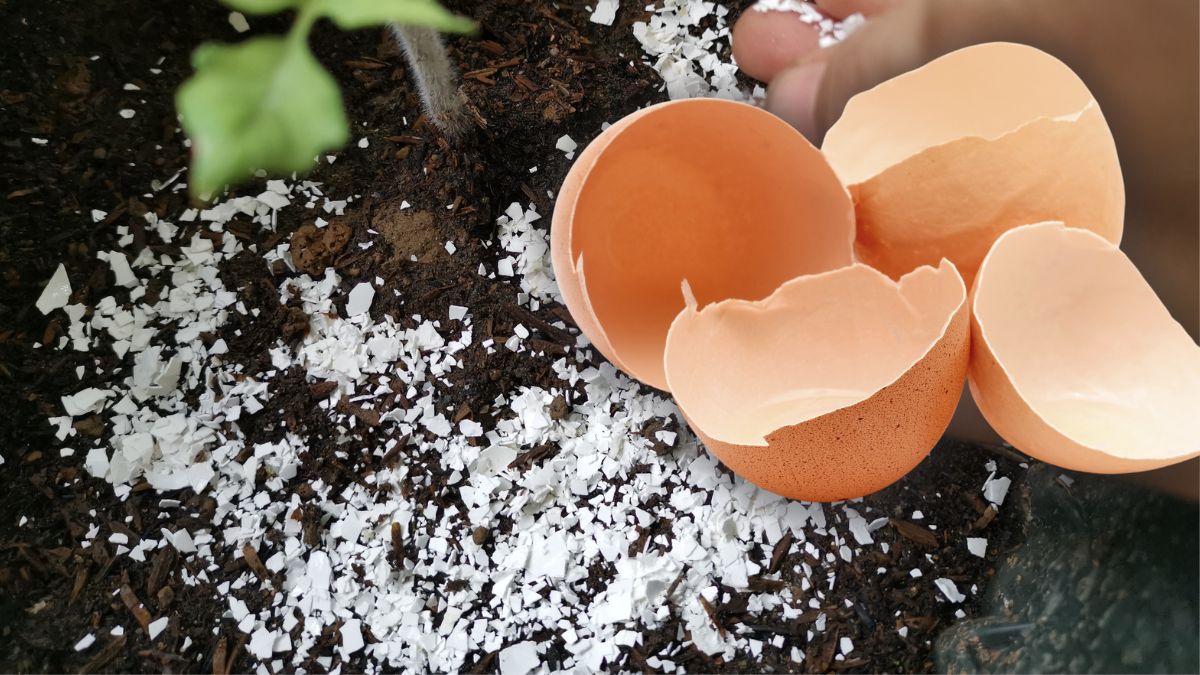You can establish most of the vegetables for your garden as transplants. Transplanting plants offer many advantages over direct seeding. Here is the most detailed guide for growing vegetable transplants, classifying vegetables by season, the storage life of vegetable seeds, the germination process, and more.
Advantages of transplants include:
- early maturity,
- reduced seed cost, and
- more excellent uniformity.
Transplants also eliminate the need for thinning, which can be labor-intensive.
Growing vegetable transplants
Successful vegetable gardening begins with choosing the best varieties. Gardeners should consult professional recommendations for varieties with high yield and disease tolerance.
Hybrid seeds
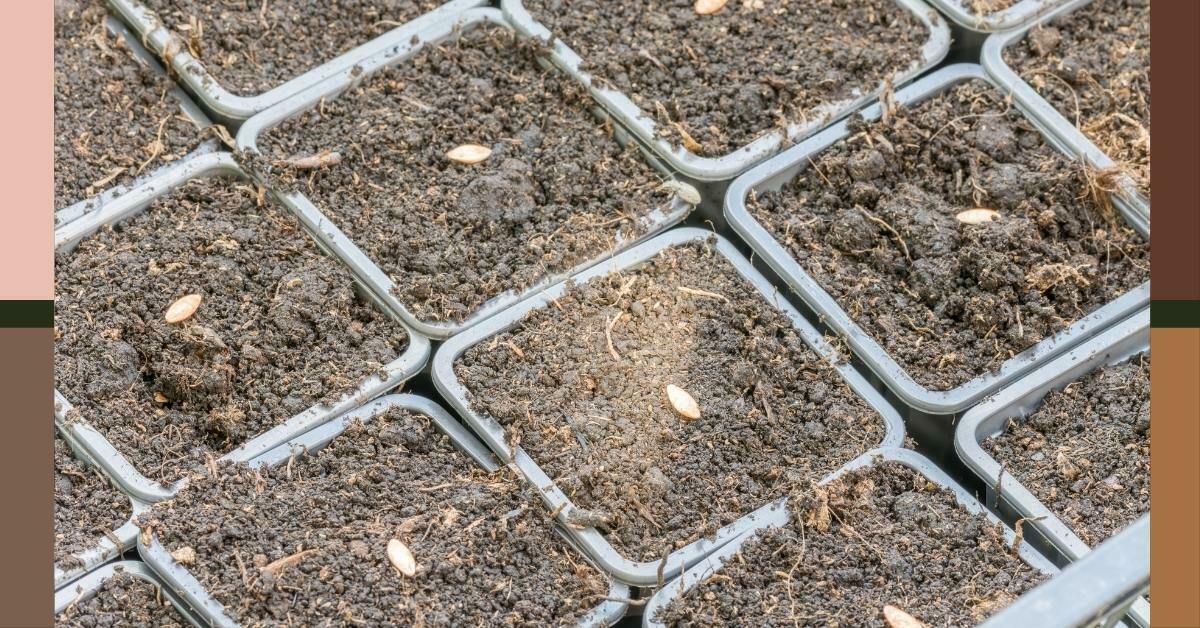
A hybrid seed, on average, has more homogeneity, vigor, and disease tolerance. A hybrid seed is created by crossing two plants with superior qualities from the same species. Hybrid seeds do not breed true. Thus they cannot be gathered and preserved year after year.
In many locations of West Virginia, heirloom or legacy types may give outstanding yields with exceptional disease resistance.
There are some heritage tomato and bean types, as well as other crops. However, there is some variation in heirloom performance throughout West Virginia locales. Heirloom cultivars produce genuine seeds, which may be preserved at the end of the season.
Transplants
Good transplants start with a good-quality seed—purchase quality seed from either reputable garden centers or seed companies. You can use the seeds left-over from the previous growing season if stored correctly (Table 1). You should store seeds in airtight containers in cool, dry rooms.
As the seed is exposed to warm temperatures and moist conditions, it ages, reducing its viability. Many vegetable seeds can be stored in the freezer.
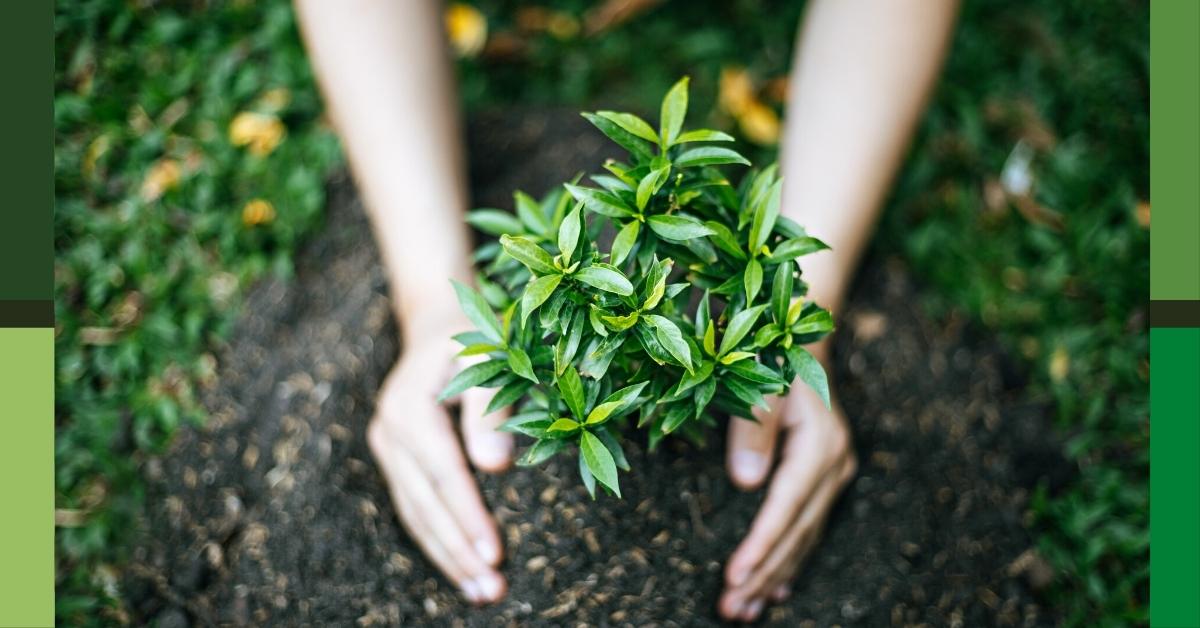
Table 1. Storage life of vegetable seed under favorable conditions.
| Vegetable | Storage life (years) |
| Bean | 3 |
| Beet | 4 |
| Broccoli | 3 |
| Carrot | 3 |
| Sweet Corn | 2 |
| Eggplant | 4 |
| Leek | 2 |
| Lettuce | 6 |
| Onion | 1 |
| Pea | 3 |
| Pepper | 2 |
| Pumpkin | 4 |
| Spinach | 3 |
| Tomato | 4 |
| Watermelon | 4 |
Classifying vegetables by season
Warm-season and cool-season veggies are the two types of vegetables.
Cool-season vegetables are frost resilient or tolerant, and their seeds grow at lower soil temperatures than warm-season vegetable seeds. Beets, lettuce, kale, broccoli, kohlrabi, leeks, cabbage, peas, spinach, cauliflower, onions, and radishes are just a few examples of popular cool-season vegetables.
In West Virginia, several cool-season vegetables may be produced in the spring and fall (Table 2). Most cool-season vegetable crops are transplanted two to six weeks before the final spring frost, depending on location in the state and if season-extending techniques (e.g., row covers, low tunnels, or high tunnels) are utilized.
Cool-season veggies are transplanted four to eight weeks before the first fall frost for fall yield. Growers use a simple calculation to calculate how late to plant in the fall in their region:
Days from sowing to harvesting + average harvest duration + autumn factor (2 weeks) + frost sensitivity Cucumbers, for example, take 55 days from sowing to harvest + 21 days for harvest + 14 days for reduced light/temperatures in the fall + 14 days for frost buffer = seeding 104 days before the first frost date (October 15), or about July 1.
Warm-season veggies are frost-sensitive and must be transplanted after the season’s last frost. Transplanting before the frost-free date necessitates the use of row covers, hot caps, or low tunnels to protect the plants from harm. Beans, tomatoes, melons, peppers, sweet corn, squash, and eggplants are examples of warm-season vegetables.
Table 2. Optimal seeding and transplanting date for vegetable crops in West Virginia.
| Vegetable | Seeding date for transplants | Transplant age (weeks) | Transplanting date |
| Asparagus | February | 12 | April |
| Beet | January-February; August | 6 | March-April; August-September |
| Broccoli | February-March or July | 6-8 | April/August |
| Cabbage | February-March or July | 6-8 | April/August |
| Cantaloupe | March-April | 6-8 | April-May |
| Cauliflower | February-March or July | 6-8 | April/August |
| Corn, sweet | March-May | 4 | April-June |
| Cucumber | April or July | 3-4 | May or July |
| Eggplant | April-May | 6-8 | May-June |
| Kale | February or September | 4-6 | March or October |
| Leek | January-February | 10-12 | April-May |
| Lettuce | January-May | 5-6 | April-June; September |
| Pea | January-February; August | 4 | February-April; September |
| Squash | May-June | 2-3 | May-June |
| Tomato | March-May | 6-8 | May-June |
| Watermelon | April | 4-6 | May-June |
You can use a number of germination mixes or media to grow vegetable transplants. The medium must be sterile and free of weed seeds and diseases. You can use vermiculite for small-seeded vegetables such as lettuce, which do not need to be covered.
Most media contain a mixture of peat moss and sand or perlite for aeration. You can purchase mixes or make yours at home. Many recipes are available for making germination and transplant media from compost, topsoil, and peat moss.
Trays or containers
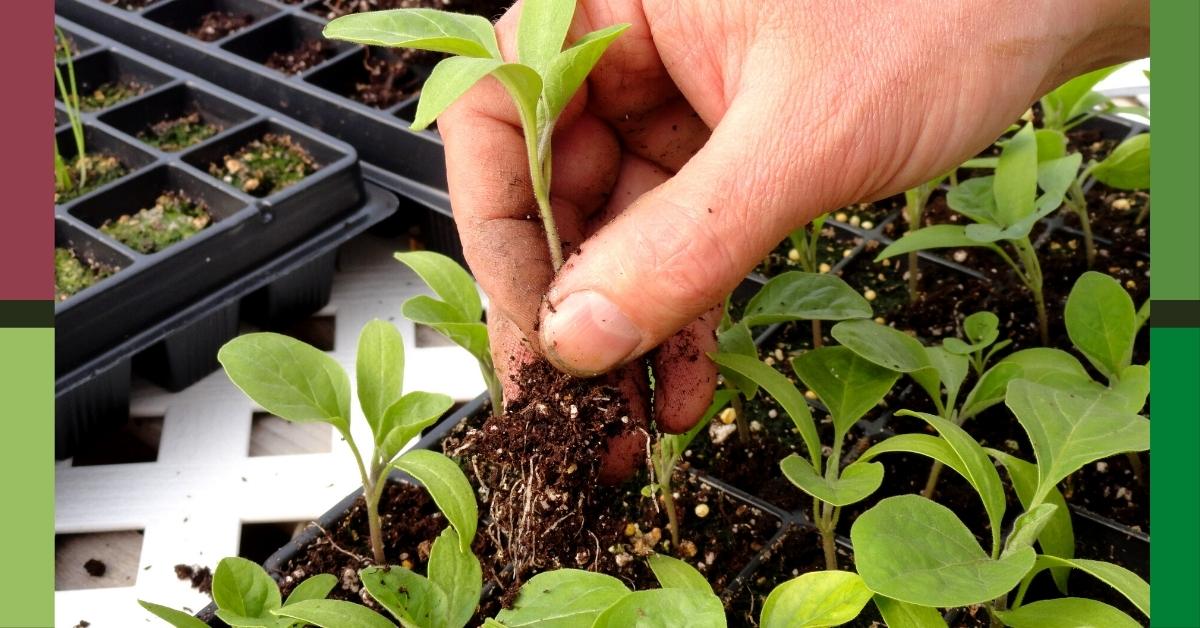
You can grow those plants in a variety of trays or containers. Most garden stores sell seed-growing trays with distinct cells for each seed. Germination “flats” or trays are also effective.
Peat pots/pellets, as well as other biodegradable goods like “CowPots” manufactured from composted cow dung, can be utilized. Plastic or foam transplant trays lose water more quickly than peat pots.
Peat moss cubes may be pressed into soil blocks in which seeds can be placed. Using soil blocks instead of buying new pots every year saves money.
Flower pots, milk/juice cartons, newspapers, pots, and pie pans are all suitable options for transplanting plants. If trays are to be reused, make sure they’ve been well cleaned, preferably with a 5 percent bleach and water solution.
If you’re using germination flats or trays, scatter the seeds evenly on the medium and lightly cover and water them. Prick the seedlings out of the flats and place them in bigger growth pots after approximately two weeks. Most warm- and cool-season vegetables can be germinated in germination flats.
For other types of containers, sow individual seeds directly into the germination medium. Tiny seeds such as lettuce are seeded 1/8 inch deep at most. Larger seed vegetables are seeded about ¼ to ½ inch deep. Seeds should not be planted too deep. Large seeds such as tomatoes and melons are seeded in individual cells or containers.
Put two or three seeds in a cell. When they emerge, thin them to the most vigorous seedling. Tomatoes, melons, eggplants, and peppers do very well (Image 1).
If plants are crowded in the transplant container, they tend to get tall or “leggy,” which results in a weak transplant. After the seeds have been sown, you should keep the germination mix moist but not overwatered. During cloudy weather, less water will be needed.
Germination
Germination can only take place at the right temperature. Germination mats or heating mats will offer bottom heat and speed up germination (Image 2).
You may trap the heat by covering the trays with plastic covers. You should keep the trays in the hottest environment possible until the seedlings emerge.
You can relocate the seedlings to a colder environment after emergence (65-70°F day; 55-60°F night). A south-facing window or supplementary lighting will help to speed up even development.
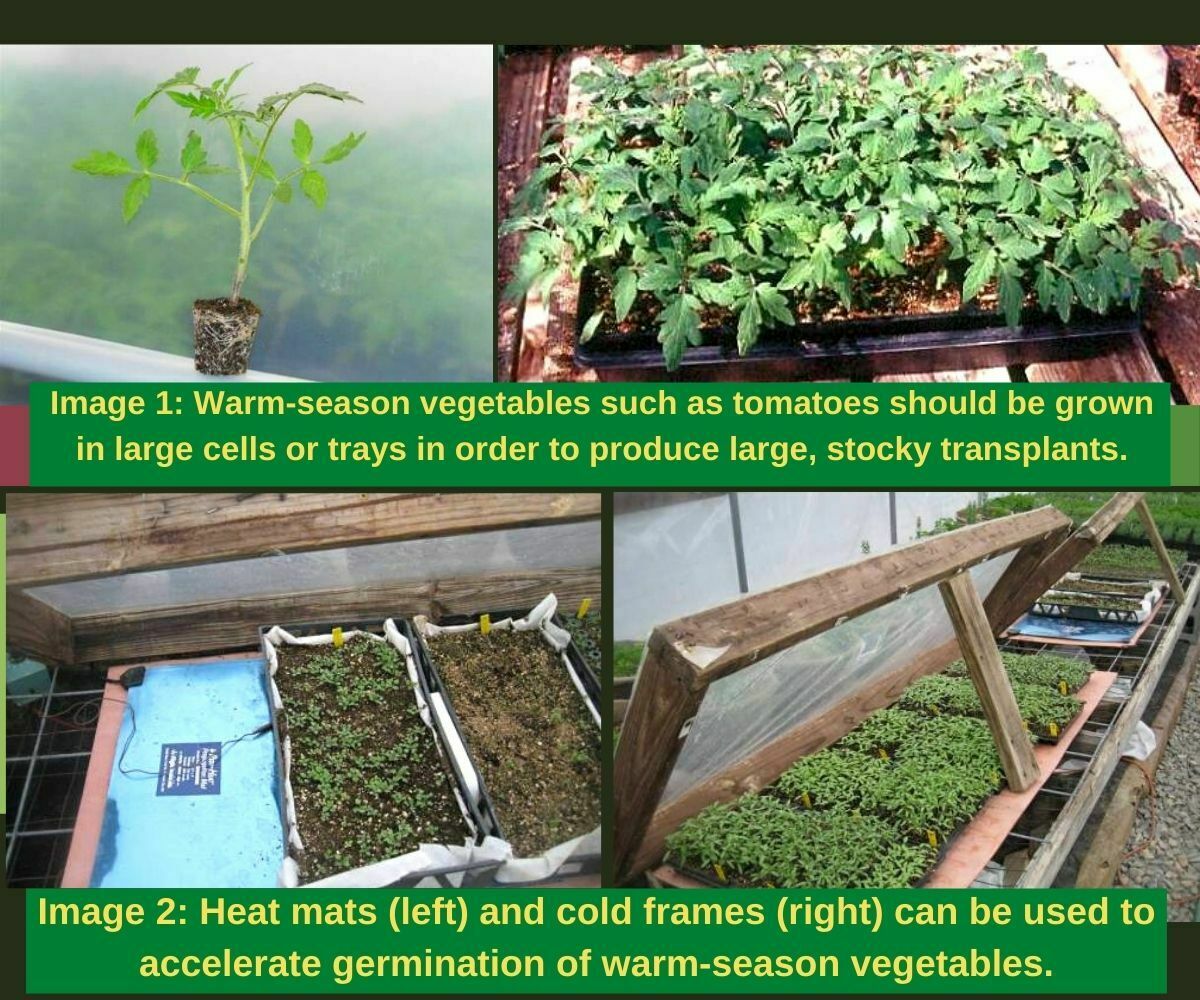
Lighting
You can utilize additional lighting for up to 14 hours each day. Brushing the transplants once or twice a day aids in stem strengthening. To imitate wind and strengthen the stems, you can also use a small fan to blow air on the transplants for an hour or two each day.
Watering and fertilizer
Overwatering the seedlings will lead the plants to grow long and disease problems. To enable the plants to dry before nightfall, water them in the morning or afternoon. To feed nutrients to the plants, use a dilute fertilizer solution (1-2 ounces of 20-20-20/5 gallons of water) once a week. The leaves should be washed with water after fertilization.
You should harden off the plants two weeks before being transplanted in the garden to prevent transplanting stress. The young transplants can be hardened off by putting them in a cold frame or bringing them outside for a couple of hours each day. Fertilizer applications should be reduced.
The transplants are toughened up by being exposed to outdoor circumstances before being planted in the garden. During this period, avoid exposing the transplants to cold temperatures (below 50°F). Low temperatures can harm transplants and cause them to take longer to develop once they have been placed.
Avoid using old transplants. In the planting trays, too-old transplants become pot-bound. The roots of the young transplants may be examined after carefully pulling them out of the dish. The roots should have a pale tint and should not wrap over the rootball. Transplants are ready to be placed in the garden when they reach the ideal size and age. Prior to planting, you should till and mulch the soil.
During warmer weather, avoid planting in the morning and lunchtime. Transplanting in the late afternoon reduces stress on the plants, giving them a better chance of survival. You should plant transplants as least as deep as the plants in the transplant tray were.
Immediately after the plants are transplanted, you can apply a starter fertilizer (1 cup/plant) to each plant. Common starter fertilizers are soluble in water and contain phosphorus, which helps new root establishment. Row covers or hot caps may be needed to provide frost protection. Over time with reasonable care, the vegetables will produce a bountiful yield of nutritious food.
